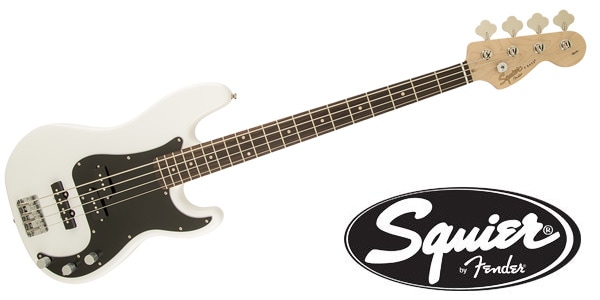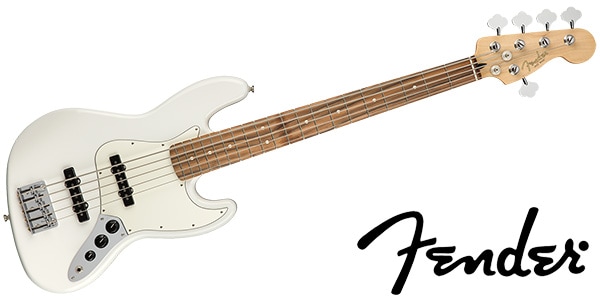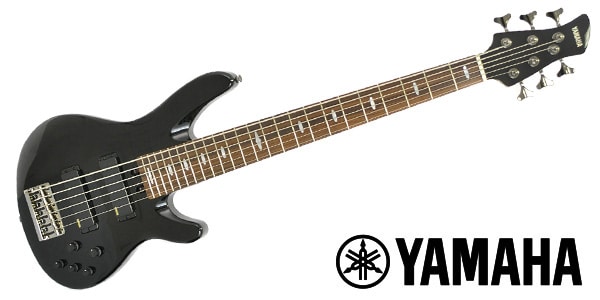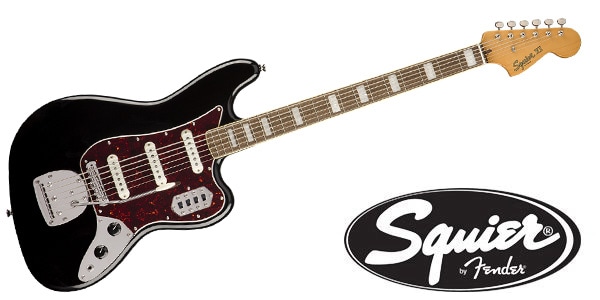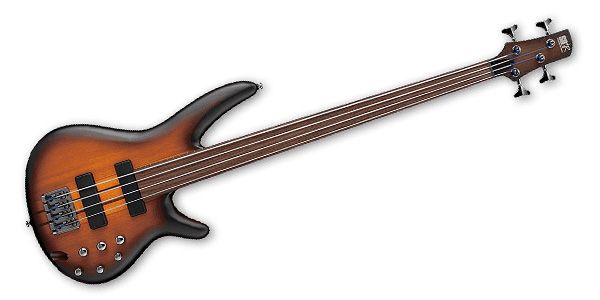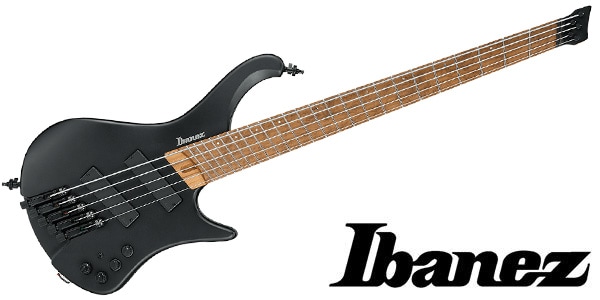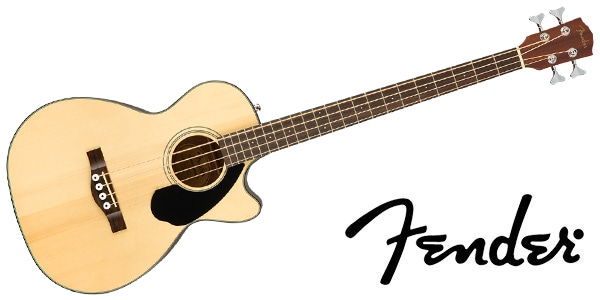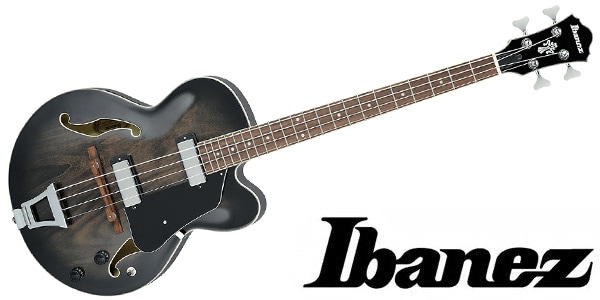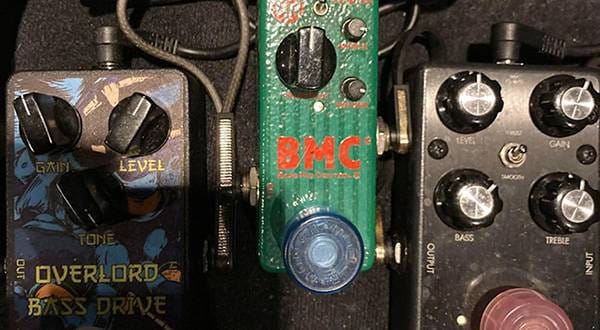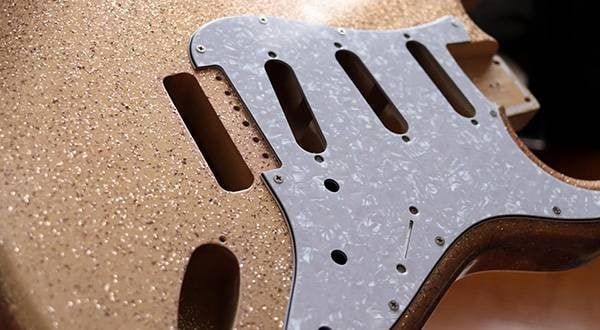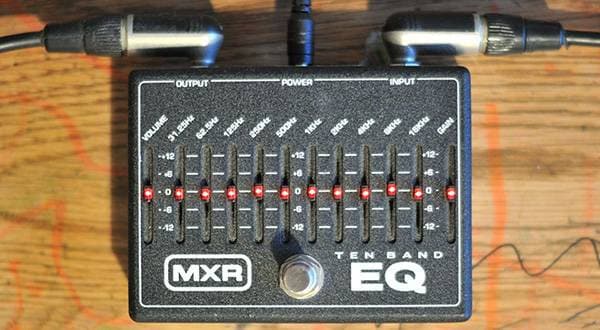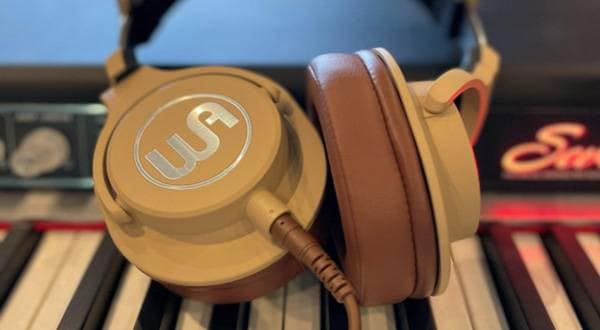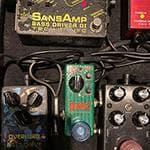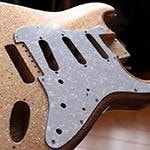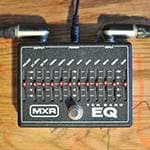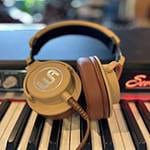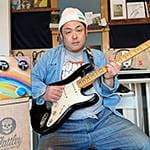Hello, I’m Cheena.
I’ll look at the use of the bass in brass band, some with a large number of pickups, sometimes mixed, basses with 5 or more strings, and specially designed basses such as fanned frets and headless basses.
First of all, from the multi-PU bass.
Split coil + single coil
A split + single arrangement (PJ bass) that is often introduced as a bass that unifies the goodness of the rear PU of the Jazz Bass with the Precision Bass. But it doesn’t only have merits. It may have been overestimated.
Regarding the evaluation, there is a problem mainly in that the front and the rear are treated as the same. A typical PJ Bass has a Precision Bass shape.
(There are also Jazz Bass shapes and variants, but I'll ignore them for now.)
At this point, it needs to be noted that the “P” in the front should be considered "the original PU and the “J” should be considered "retrofitted".
Of the above evaluations, the difference in sound quality between the 1-2 and 3-4 strings is often noticeable.
However, it must be said that it is irrelevant to give the Precision Bass a low rating for such a reason.
Since the pickup is divided into two in the first place, the unique sound becomes conspicuous by mixing the front P and rear J, which has a quirky sound, so I made the sound with this in mind.
The front: rear ratio should be about 10: 0 to 8: 2, or 0:10, and the mix should be done so that they do not collide.
■ SQUIER / Affinity Precision Bass PJ Olympic White
Up to this point, the content is generally known, but the basics are the same for brass band.
However, when you’re using mainly the front pickup, the tone should not be turned too low so that the original soft sound is not cut too much, and when swinging to the rear pickup, the tone should be turned down low so that the sound does not come out harsh.
Single coil × 3
Occasionally I see basses with three single coils, such as the Grassroots 12X216 and Squire by Fender Bass VI.
Since all of them are equipped with the same type of pickups, you are able to adjust the softness and hardness of the sound according to the position of the pickup more widely than the Jazz Bass, but it is expensive for use in brass band for the same reason as the Jazz Bass. It requires skill.
However, the 3S bass is basically expensive, equipped with an active circuit, hum canceling single coil, etc., and is often equipped with noise countermeasures, so it is simply a bass with a wider range of sound creation.
In brass band, the rear pickup is rarely used unless it’s also a humbucker (although the Zoom B1 / B1X have an effect patch specified for the rear pickup), and it is thought that the front and middle are often the core of sound creation. In the brass band whose first condition is the softness and thickness of the sound, it is thought that three pickups including HSH and SSH are easier to handle.
Single + split + humbucker
The three mixed pickup type of basses are often treated as metamorphosis basses, but in many cases S and P are separated and cannot be mixed, so they can be easily considered as being capable of producing a variety of sounds.
There are no problems, as they can handle the same sound creation as the PJ / 3S mentioned above.
Since there are two pickups that can output a fat sound, this control can be said to be a showcase for your skills.
Humbucker + mini hum
The giant front humbucker and rear mini humbucker, which are often mounted on Gibson basses, are both structurally the same pickups, basically just below the neck and in the middle of the neck end-bridge. Therefore, the strength is that they can output a very soft bass regardless of which is used as the main pickup.
There are very few types of basses with this arrangement that I dare to select, and although there are basically four basses, violin bass, SG bass, 335 shape, and 295 shape, they are also basses that I consider to be the best for brass band.
There is also a method to reproduce this kind of sound with a Fender replacing the pickup with Gibson EB pickup compatible products from Allparts.
In that case, the structure will be similar to the Mel Schacher signature or Billy Sheehan signature.
Next is the multi-string bass.
5-strings (LowB-E-A-D-G)
The so-called ordinary 5-string bass is not very useful because brass band bass parts are written based on 4-string basses.
However, they have the advantages of being able to play apoyando style when picking the 4th string, and being able to double the tuba by lowering it by a semitone. On the contrary, it has the disadvantages of being difficult to mute and the price of the strings is high.
Also, if you are using a small amp or guitar amp, there are problems such as the bass not coming out clean.
As a whole, it is for intermediate-advanced players in brass band.
6-strings (LowB-E-A-D-G-HighC)
A bass with a C string that expands the range upwards can attack the high range, but as a matter of fact, it is more suitable for advanced players than a 5-string bass because in brass band, you would not use the additional sounds.
In addition to the maintenance and mute problems that are the drawbacks of a 5-string bass, the 6-atring is more expensive and heavier, making it less suitable for brass band where you may play for extended periods of time.
8 string (E + HighE-A + HighA-D + HighD-G + HighG)
An 8-string bass with double strings on a 4-string bass contains a large amount of overtones and has a rich chorus sound due to slight pitch fluctuations, but it is a hobby-geared instrument because there is no chance to really use it in the first place.
On the contrary, it can be a powerful weapon in ensembles and jazz, but it cannot escape from the fate of multi-string bass, with obstacles such as the price, high maintenance cost, and weight increase.
They are very difficult to use because if only the normal 4 strings are increased, it will cause the neck to warp.
Bass VI (E-A-D-G-High C-High F or E-A-D-G-High B-High E)
The Bass VI, which expands the range of the bass and adds two high-pitched strings, is one of the most easily used multi-string basses, but at the same time, it is a model with many restrictions on the instrument itself.
Finger-playing and slap are very difficult because guitar parts are installed on the bass, and the main playing style is picking.
■ SQUIER / Classic Vibe Bass VI
It's easier to handle than other multi-string basses, and the low-cut switch gives you a guitar-like sound, so you can use it as a means to play pop music that requires a guitar, but you'll also need to get used to it.
It also has the performance advantage of being able to bend down and vibrato because it has a tremolo that is not installed on most basses, and playing power chords on the bass to increase the thickness of the sound.
Finally, special specs.
Fretless
Regarding the fretless bass, which is familiar to contrabass players, simply put, "it depends on how you use it".
The weak attack feeling and unique sound are far from the rhythmic feeling required for bass, and it is probably the most useful in a jazz ensemble.
Although they have attractive features, such as atonal smooth glissando and dark tones, their weak point is that the pitch changes easily, while in a brass band pitch is important.
On the contrary, it is a powerful weapon if you have a precise sense of pitch and an arm that accurately finds it, such as being able to handle sounds that require fine pitch adjustment such as the 5th / 3rd notes of just intonation triads.
Fanned frets
The benefits of fanned frets sold by some manufacturers can also be used in brass band, but nothing more.
Since it is expensive, I have never seen it used in brass band, but if there is no problem with the sound quality, there is no particular problem with using it.
Tremolo
Bend and glissando are sometimes required for the bass in brass band, and in that case this function is useful. More notable is the reverb effect of the tremolo spring, which gives a natural finished sound that cannot be obtained with a bass bridge that is screwed into the bass top. But it is difficult to make adjustments such as setting the reverb time, so the individuality of the instrument itself comes out.
Acoustic
The sound is is similar to the contrabass but continuous, and more than that, the sparkle of the sound and the stability of the pitch can be obtained.
Unlike acoustic guitars, acoustic basses often comes with a pickup system from the start, so its strength is that it allows you to apply effects to the live sound, but it also easily feeds back, so this is a disadvantage.
Most of the time, they don't have electromagnetic pickups, and only piezoelectric pickups make so-called electric bass sounds.
Adjusting the sound quality to fit each tune can be bothersome, and in some cases it is better to choose a normal solid bass for both appearance and sound quality.
As a whole, it can be said that the acoustic bass is geared towards jazz.
Semi- Acoustic / Full- Acoustic
Allows you to switch between acoustic and electric bass. Sound House handles Ibanez and others.
Although it is more resistant to feedback than a normal acoustic, it can be difficult to handle better because it easily resonates even if you make a mistake in the volume or sound creation.
Since it is equipped with an electromagnetic pickup, it has the advantage of being able to create sound as an extension of the electric bass, while also being acoustic and easy to handle.
In the brass band genre, it is highly versatile as long as you can control feedback, and it is an all-rounder that can play anything from jazz to fusion and pop.
It looks like a stringed instrument such as a contrabass, and it will not stand out awkwardly in a brass band.
Thin line
A bass approaches an acoustic by carving a hollow into a solid body to create a resonating sound. Feedback resistance is increased considerably, and the feeling of a ringing box is also decreased.
With the spread of thin line guitars, a certain degree of acceptance has been achieved, and Bacchus once released a cherry thin line bass.
Since they do not come with acoustic pickups, it is recommended to use them in the same way you would a normal electric bass.
・ ・ ・
In conclusion, even if the bass has metamorphosed specs, it is considered that they can be used sufficiently if the player has some skill in playing and creating sounds and an understanding of the characteristics of the instrument itself.
It will be a special instrument played in a special environment, but on the contrary, let's play in a style that will allow the bass to shine in any envoronment.
・ ・ ・
We are conducting a survey on brass band bass. Unless the bass itself is a rather unique musical instrument, your privacy is protected, as the survey is in a form in which the individual cannot be identified. You don't need to enter an email address. It will take about 10-20 minutes, so we would appreciate your cooperation. Please spread the survey on Twitter.
https://twitter.com/on_8va_bassa/status/1319196822707949568?s=20





